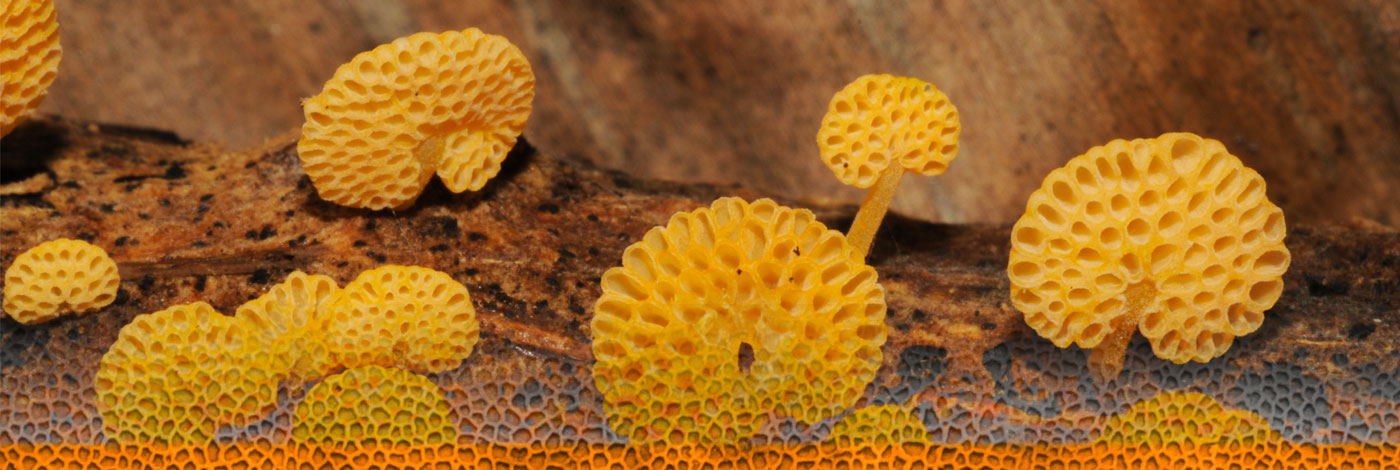

 Cryptogamie, Mycologie
30 (1) - Pages 67-83
Cryptogamie, Mycologie
30 (1) - Pages 67-83A total of five plots, each 800 m2, were delimitated in order to study the macrofungal diversity in the managed atlantic, acidophilous beech forest (Saxifrago hirsutae-Fagetum sylvaticae) of Altube (Basque Country). A total of 125 species of macrofungi were found, 119 Basidiomycota and 6 Ascomycota, 70 of them mycorrhizal species, 32 lignicolous saprotrophs, 19 humicolous saprotrophs and 4 parasitic. Beech forest of Altube is characterized by a high number of generalist species such as Amanita rubescens, Cortinarius cinnamomeus, Megacollybia platyphylla, Rhodocollybia butyracea, or Russula cyanoxantha and acidophilous species like Amanita citrina, Cortinarius purpurascens, Craterellus tubaeformis, Lactarius chrysorrheus, Mycena pura, Russula densifolia or R. nigricans; whereas mycorrhizal species with preference for those ecosystems were not very frequent or abundant, such as Lactarius blennius, Cortinarius cinnabarinus, Hebeloma radicosum, Lactarius camphoratus, Russula densifolia, R. nobilis or Tricholoma ustale. The species Xerula radicata and Oudemansiella mucida, both associated with Fagus, were frequent and abundant in this forest, but Marasmius alliaceus and Mycena crocata, on the contrary were absent or very scarce. The appearance of species is discussed and has also been related to different ecosystems and soil conditions. Precipitation and minimum temperature during the growth season seems to have an influence on sporocarp production but microclimatological factors and other variables must be considered in the same way.